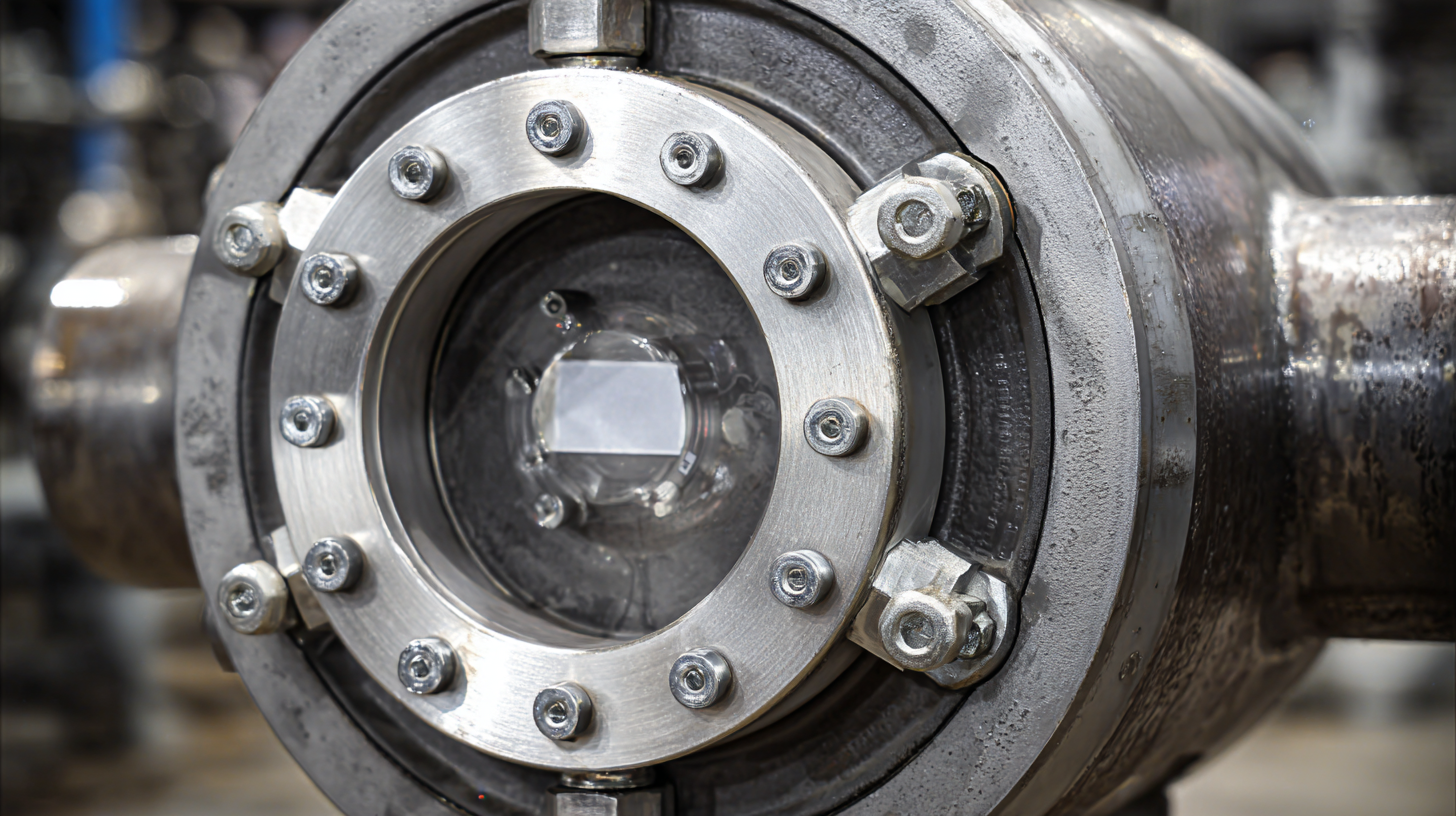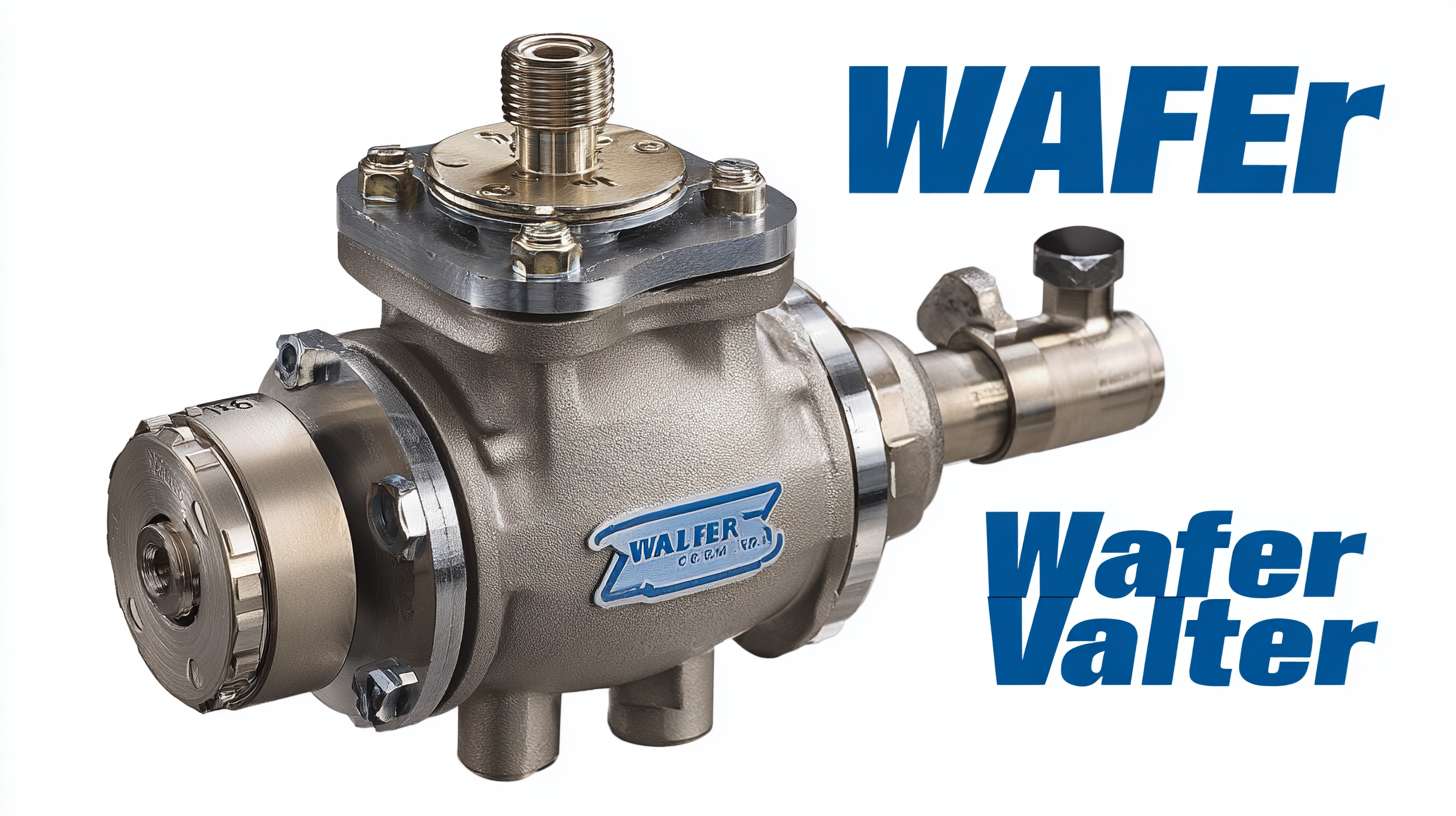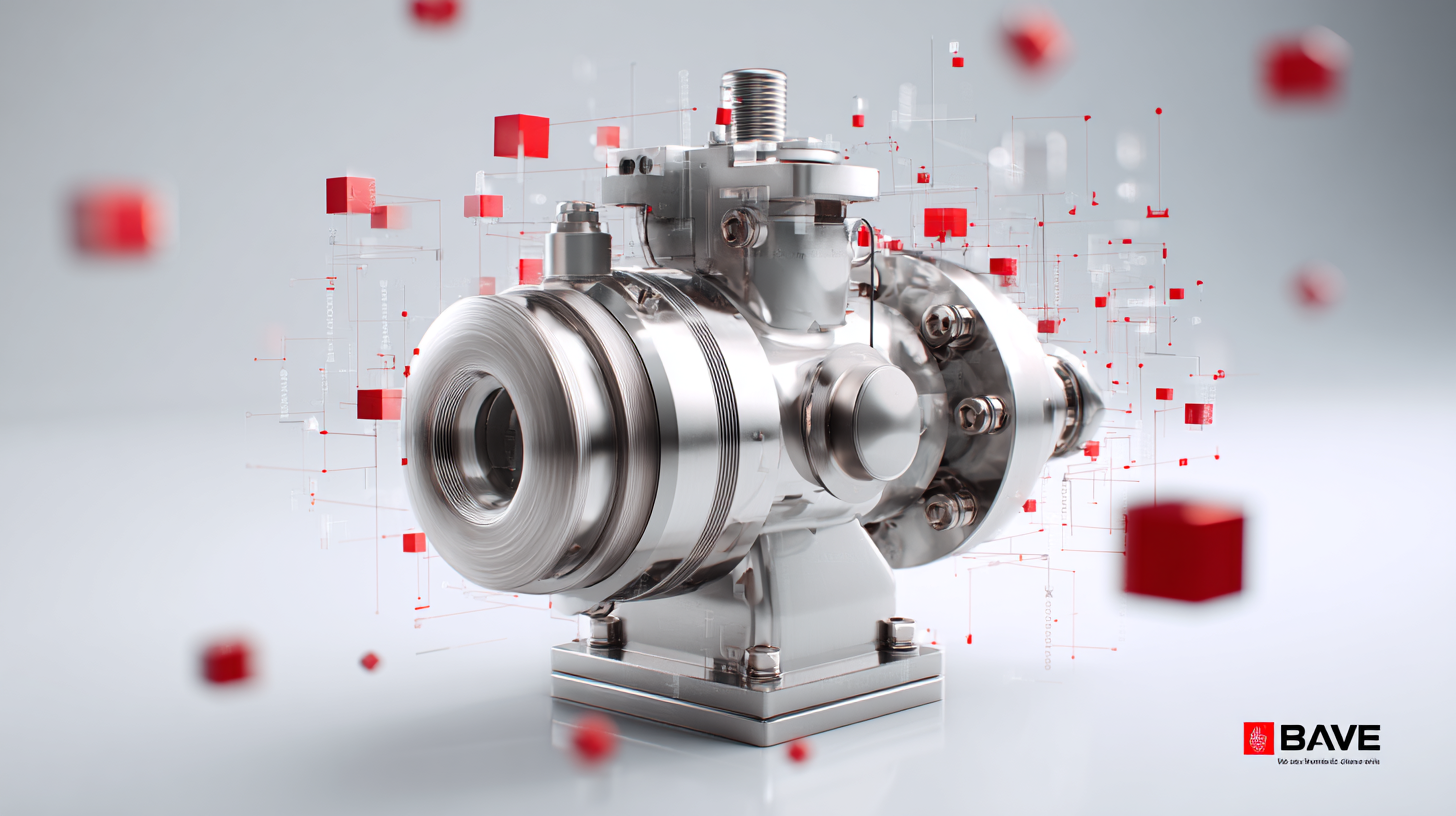
-
Home
-
Products
-
About Us
-
Application Cases
-
CLIENT & FACTORY
-
Test
-
News
-
Contact Us
Leave Your Message

In the ever-evolving landscape of industrial applications, the choice of valves is crucial for operational efficiency and safety. As we look towards 2025, the global valve market is projected to reach approximately $97 billion, with wafer ball valves gaining significant traction due to their compact design and cost-effectiveness. A recent report by Grand View Research highlights that the demand for wafer ball valves is increasing, particularly in sectors like oil and gas, water and wastewater treatment, and power generation. With their ability to provide tight sealing and minimal pressure drop, wafer ball valves are becoming the go-to solution for industries aiming to enhance efficiency and reduce maintenance costs. This ultimate guide aims to equip professionals with the essential criteria for selecting the best wafer ball valves tailored to their specific industry needs, ensuring they stay ahead in a competitive market.

When it comes to wafer ball valves, understanding the different types available is crucial for industries seeking reliable fluid control solutions. Generally, there are two main types: full port and reduced port wafer ball valves. Full port valves are designed for maximum flow, offering minimal resistance and allowing for easy passage of fluids, which makes them ideal for applications that require high flow rates. On the other hand, reduced port valves have a smaller opening, which results in lower flow capacity but can be advantageous in systems where conserving space and reducing weight is essential.
Applications of wafer ball valves vary significantly across different industries. In the water treatment sector, for example, these valves can effectively manage the flow of water while minimizing the risk of leakage. In the oil and gas industries, they provide essential shut-off capabilities in pipeline systems. Additionally, wafer ball valves are often employed in chemical processing where they withstand corrosive materials and high-pressure conditions. Each type of wafer ball valve has its distinct capabilities and applications, making it vital for professionals to assess their specific needs before making a selection.
When selecting wafer ball valves for your industry, several key factors should be taken into consideration to ensure optimal performance and reliability. First and foremost, assessing the material compatibility is crucial. Different industries operate under various conditions, which can involve exposure to corrosive substances or extreme temperatures. Therefore, choosing a valve constructed from materials like stainless steel or PVDF can significantly enhance longevity and reduce maintenance costs.

Another important factor is the valve size and pressure rating. Valves must match the specifications of your existing system to maintain efficiency and safety. It's essential to review the piping system's dimensions and pressure requirements to ensure a proper fit. Additionally, consider the flow characteristics of the valve. A well-designed wafer ball valve should provide minimal pressure drop while allowing for smooth fluid flow, directly impacting the system's overall performance. By carefully evaluating these aspects, you can select the best wafer ball valve tailored to your industry's unique needs.
When it comes to selecting the best wafer ball valve for your specific application, it's crucial to understand how these valves compare to other types. Wafer ball valves are renowned for their compact design and ease of installation, making them an excellent choice in tight spaces where traditional valves might not fit. Unlike gate or globe valves, which can be bulkier and require more extensive support structures, wafer ball valves can be installed between flanges in a piping system, reducing the overall footprint and weight. Their quick quarter-turn operation also allows for efficient flow control, making them a preferred option in various industries.
In contrast, other valve types may provide different advantages based on the application. For example, gate valves are often favored for on/off control without significant pressure drop, but they usually require more space. Similarly, globe valves are more efficient in throttling flow but can come with higher pressure loss. As industries evolve, especially with trends like the growing residential ball valve market from North America driven by construction dynamics, understanding these distinctions among valve types becomes paramount. This knowledge not only influences performance but can also impact overall cost-effectiveness and the longevity of the system in which these valves are used.
| Valve Type | Material | Pressure Rating (psi) | Temperature Range (°F) | Typical Applications |
|---|---|---|---|---|
| Wafer Ball Valve | Stainless Steel | 150-300 | -20 to 250 | Water, Oil, Gas |
| Globe Valve | Cast Iron | 200-600 | -10 to 400 | Steam, Water |
| Check Valve | Brass | 150-300 | -20 to 180 | Piping Systems |
| Gate Valve | Carbon Steel | 150-1500 | -20 to 400 | Oil, Natural Gas |
| Ball Valve | PVC | 100-300 | 0 to 140 | Chemical Handling |
 Maintaining optimal performance for your wafer ball valves is essential for ensuring long-lasting functionality and avoiding costly downtimes.
Regular inspection is the cornerstone of effective maintenance. It is important to check for any signs of wear, such as leaks or unusual noises, which may indicate that the seals or seats are deteriorating.
A proactive maintenance schedule should include periodic cleaning of the ball and seat areas to prevent build-up of debris and minimize friction, which can lead to premature failure.
Maintaining optimal performance for your wafer ball valves is essential for ensuring long-lasting functionality and avoiding costly downtimes.
Regular inspection is the cornerstone of effective maintenance. It is important to check for any signs of wear, such as leaks or unusual noises, which may indicate that the seals or seats are deteriorating.
A proactive maintenance schedule should include periodic cleaning of the ball and seat areas to prevent build-up of debris and minimize friction, which can lead to premature failure.
In addition to inspections and cleaning, lubrication plays a critical role in maintaining the smooth operation of wafer ball valves. Utilizing the appropriate lubricant as specified by the manufacturer can greatly enhance the valve’s performance and extend its service life. It is also important to ensure that the valve operates within its designed pressure and temperature limits, as exceeding these parameters can result in significant damage. Implementing these maintenance tips will not only optimize performance but also contribute to the overall efficiency of your operations.
When selecting a wafer ball valve for your industry, it’s essential to consider the specific requirements that may affect performance and reliability. Different sectors, such as oil and gas, water treatment, or pharmaceuticals, often have distinct challenges that warrant a tailored approach. For example, in the oil and gas industry, valves must withstand high pressures and corrosive substances, necessitating materials like stainless steel or other alloys designed for durability. Conversely, in the water treatment sector, factors such as flow rate and pressure drop come into play, influencing the choice between different sizes and designs of wafer ball valves.
Another critical consideration is regulatory compliance. Industries such as pharmaceuticals and food processing have stringent safety and hygiene standards that require valves to meet specific certifications. This means selecting a wafer ball valve that not only functions well but is also compliant with industry regulations, such as FDA or ANSI standards. Additionally, understanding the operational environment, including temperature fluctuations and the presence of particulates, is vital for choosing a valve that ensures both performance and longevity in your specific application.
This chart illustrates the key factors affecting the selection of wafer ball valves across different industries. Each bar indicates the importance level of each factor in the decision-making process.